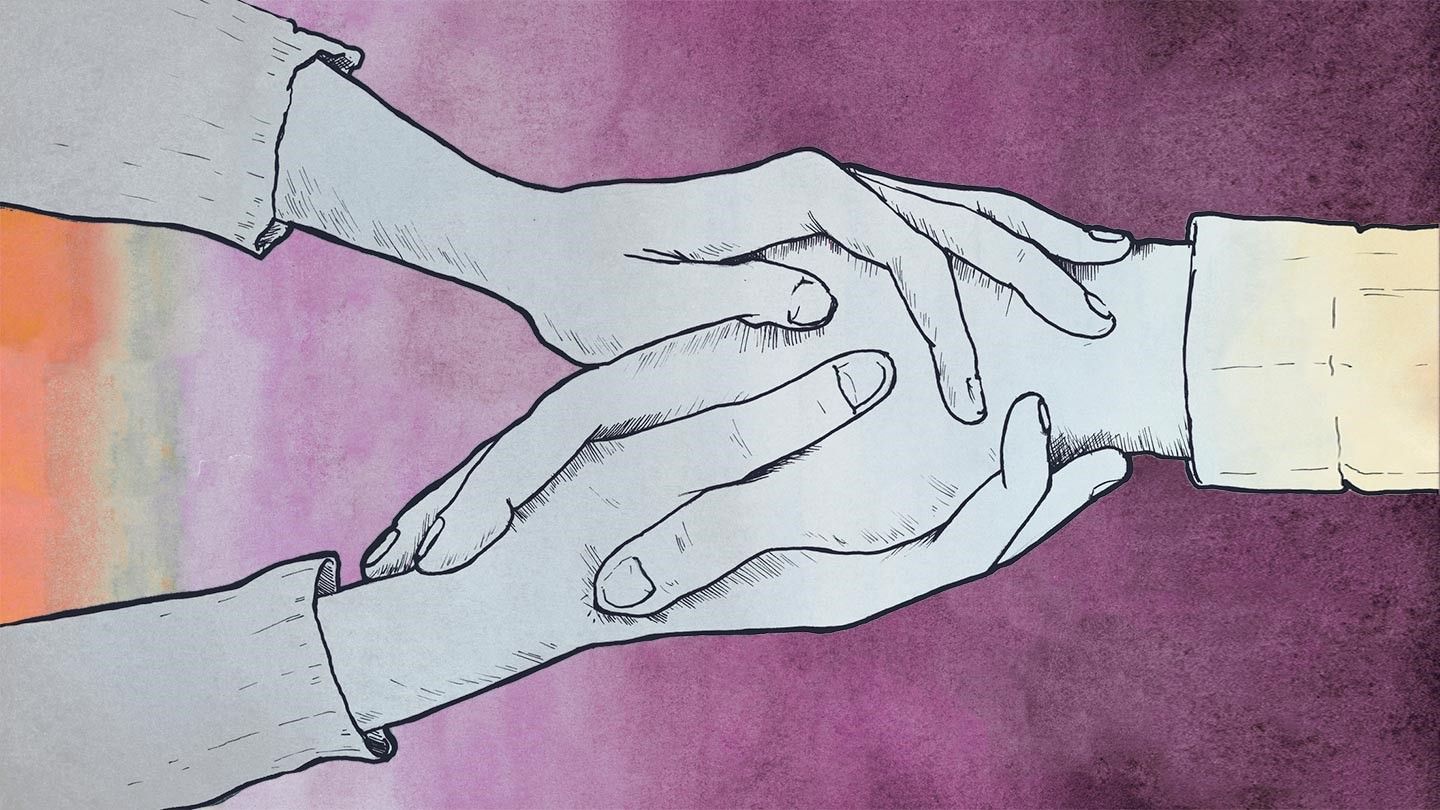Signs that a person has sadism
Sadistic personality disorder can be defined as a situation in which personal problems pressure a person, and states such as anger, confusion, aggression, and abnormal behaviors are seen. Personal problems are common problems for all ordinary people. Still, people with the disorder compensate for it with violence, which is one of the most apparent characteristics of a sadistic person.
Personality disorder:
People who usually suffer from a lack of compassion for others or are afraid of others’ opinions are more likely to engage in violent behavior. Such people are usually antisocial and suffer from violence. Antisocial behavior does not in itself hurt others. (Why Does My Body Tremble When I Am Stress And Angry?)
On the other hand, there is a relationship between typical sadistic disorder and gender sadism. People with gender sadism often exhibit behaviors such as humiliating and defeating others.

What is sadism disorder?
People with sadism often feel satisfied seeing the suffering of others. These people usually feel satisfied with their sadistic behavior. They like to see it in other people, and in fact, a large part of their need for violence is met by seeing these behaviors in the presence of others. Sadistic people are continually experiencing violence and aggression, and people with sadism are also emotionally violent. For example, they enjoy other people attacking each other and like to witness. These are theorems.
Classification of sadistic personality disorder
Forced:
This type of sadism is more common among people with high positions and responsibilities. These people find themselves in a position where they seem to have everyone under their control and enjoy punishing others. Compulsive sadism likes to force others to do things to make him feel more powerful.
Explosive:
These people often show unpredictable anger and, as a result, become frustrated with their lives. They lose control in critical situations and resort to violence instead of thinking.
Oppressive:
This type of sadism is also always expressing anger and rage, and as a result, many people fall victim to them. They are also similar to explosive sadism, except that they are more careful in doing things. Sometimes, they like to hide from society and do things that others consider illegal.
Loss of control:
This type of sadism is entirely different from the other three types. These people can imagine dangerous situations well, see themselves as strikers. First of all, they attack and meet their needs for violence, and these people try to prove to others that they are not afraid of anything by expressing their violence.
Causes of sadism:
There is no exact, unambiguous cause for people to develop sadism. Some people believe that showing sadism is in the individual’s hands, and there is no ignorance. Still, others believe that sadism occurs due to biological problems in the person, and a group of experts also consider the causes of sadism under challenging events. And terrible to know about one’s childhood. They also believe that problems such as child rape at an early age could be a significant cause of sadism in the future and that among all possible causes, there is no trace of genetics and the inheritance of sadism.

This disorder usually occurs alongside other disorders; for example, people who try to be too specific in their everyday behaviors or exaggerate their behavior are more likely to develop sadism.
Types of sadism disorders:
Here are some common types of sadistic disorders:
- Depression
- Bipolar disorder
- Borderline personality disorder
- Panic disorder
- Self-defense disorder
- Hysterical disorder
Symptoms of sadism:
People with sadism deliberately humiliate others. They try to create knots and problems for others.
These people tend to take control of others, no matter if they are students, prisoners, patients, family members, or parents, and in any case, they like to manage everyone and treat everyone as they wish.

- These people feel pleasure and satisfaction from harming others. Their lying usually has no specific reason, and they do this behavior for no reason.
- These people usually try to disappoint others.
- Sadistic people, unlike ordinary people, frighten others into doing their work.
- Sadistic people try to restrict others, such as repeatedly checking on their spouses, gaining their independence, and raising their children in isolation, mistrust, and antisocial behavior.
- These people are overly interested in violent sports, martial arts, weapons, seeing injuries, and others’ death.
- Their purpose in creating violence and tension in the space is to show others that they are the strongest.
Diagnosis of sadism disorder
- Usually, psychiatrists diagnose this disorder through face-to-face appointments and in the following ways.
- They examine all models of violence. They ask family, spouse, friends, children, parents, and co-workers to examine the cases that cause the most violence in individuals.
- They also try to expose people to situations that provoke their anger and put most of them under a magnifying glass.
- The anatomy examines the relationships of these people in detail.
- In the meantime, the person and the person around him or she may have confused the symptoms with other disorders.
Sadism can usually be equated with the following disorders:
- Schizoid personality disorder
- Paranoid disorder
- Antisocial disorder
- Schizotypal disorder
- Personality disorders that occur as a result of medication.
Treatment of sadism disorder:
After several examinations, the psychiatrist can prescribe the appropriate treatment for the patient, which we refer to in this section:
– Counseling and psychotherapy
Although the types of personality disorders in these people are different from each other, it is possible to eliminate a large part of the symptoms of sadism by conducting counseling and psychotherapy sessions by an experienced person.
– Medication
Some sedatives can prevent suicidal ideation, unwarranted violence, aggression, and anxiety and depression, which are also prescribed to sadistic people.










